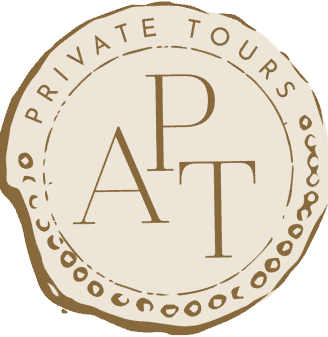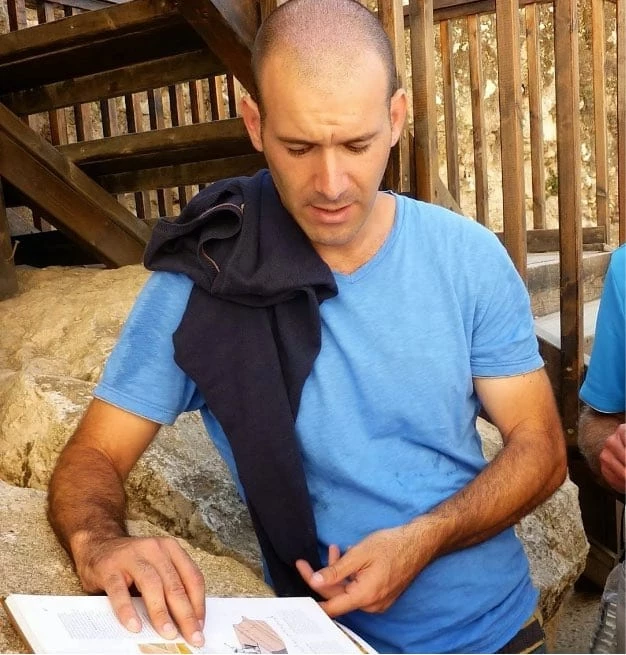Nestled within the heart of the Negev desert, Avdat National Park emerges as a captivating portal to a bygone era—a city that once thrived along the legendary Incense Route. So, as you step into this arid landscape, you embark on a journey that weaves together history, culture, and the enduring resilience of civilizations that left their mark on the sands of time.
Negev Desert Ultimate Guide
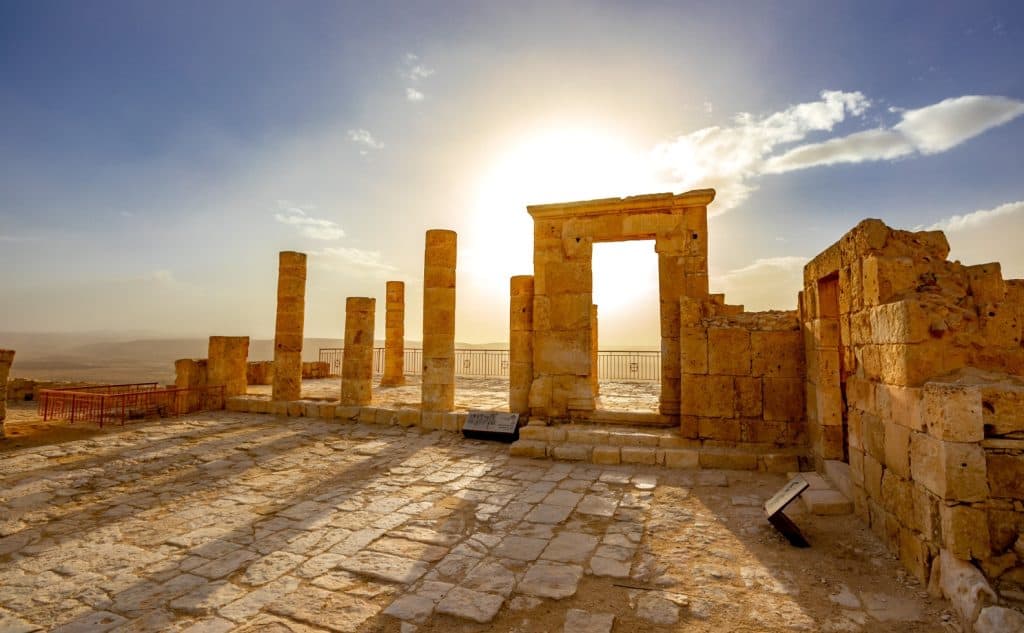
A Desert Oasis of History:
So Avdat National Park encapsulates the rich history of a city that flourished as a vital stop along the Incense Route. This ancient trade network linked the Arabian Peninsula to the Mediterranean. Furthermore, the park is a tangible testament to the bustling caravans, the aromatic commodities they carried, and the civilizations that converged at this desert crossroads.
Archaeological Marvels:
In addition, exploring Avdat is a captivating exploration of architectural marvels that span centuries. The meticulously preserved ruins, ranging from Nabatean dwellings to Byzantine churches, offer a window into the lives of those who once called this place home. The temple, cisterns, fortifications, and tombs evoke the vibrant tapestry of daily life, trade, and spirituality that defined this desert oasis.
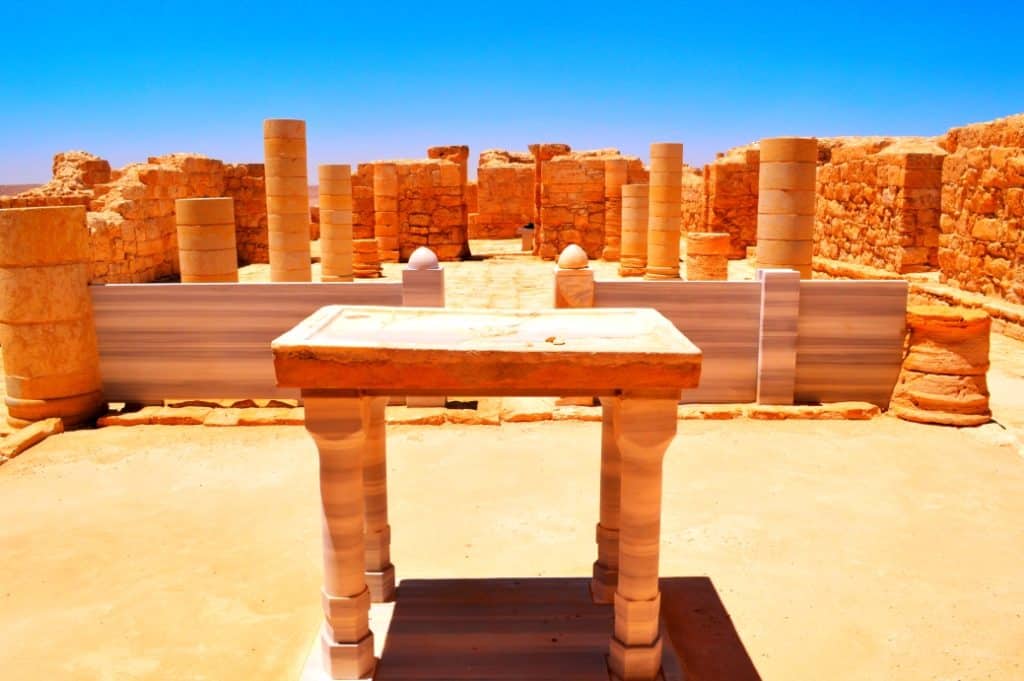
Cultural Crossroads:
Avdat’s significance extends beyond trade—it was a melting pot of cultures. The interactions of Nabateans, Romans, and Byzantines are etched into the stones, inscriptions, and architecture that define the park. Avdat’s history embodies the rich interplay of traditions and customs that formed its unique identity.
A Landscape of Ingenuity:
So the arid Negev desert posed challenges, but Avdat’s inhabitants displayed remarkable ingenuity. The intricate water channels, cisterns, and storage facilities witness their resourcefulness in harnessing water for sustenance and survival. The urban layout and architectural designs reflect a community’s determination to thrive harmoniously with its environment.
The Echoes of Time:
Wandering through Avdat National Park is a journey through time itself. As you explore the ruins, the wind seems to carry echoes of traders’ conversations, the footsteps of pilgrims, and the hum of market activity. Every stone, every path, holds a fragment of the past, inviting you to uncover the stories they hold.
Best National Parks in the Negev
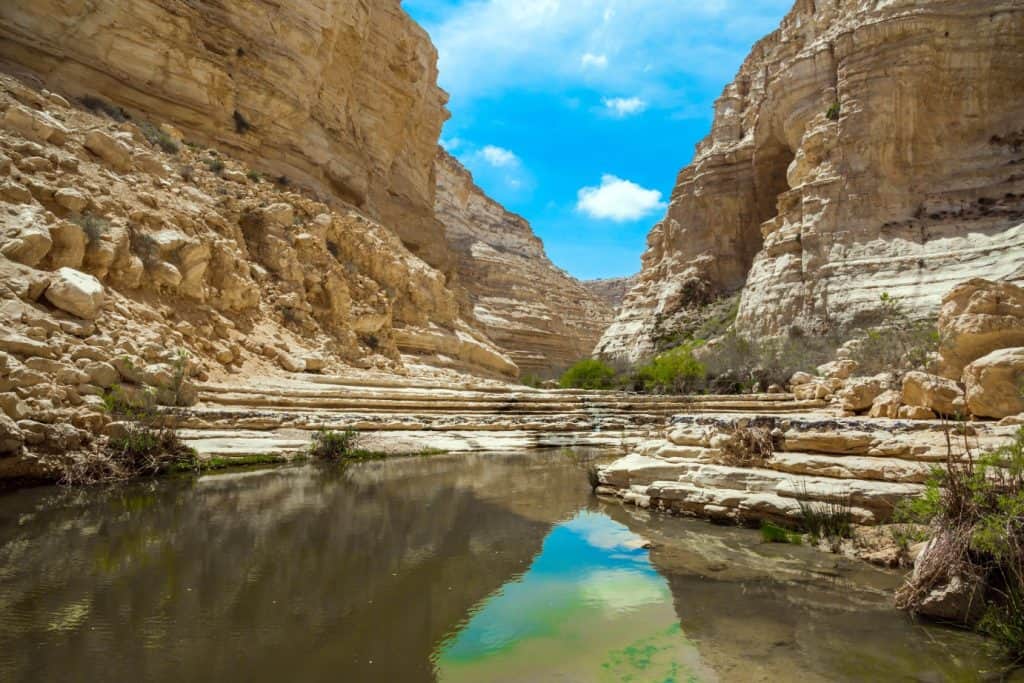
Preserving Heritage:
Avdat’s legacy is preserved with utmost care. Designated as a UNESCO World Heritage Site, the park’s cultural and historical significance is safeguarded for present and future generations. Visitors have the privilege of walking in the footsteps of ancient travelers, immersing themselves in past narratives.
Must-See UNESCO World Heritage Sites in Israel
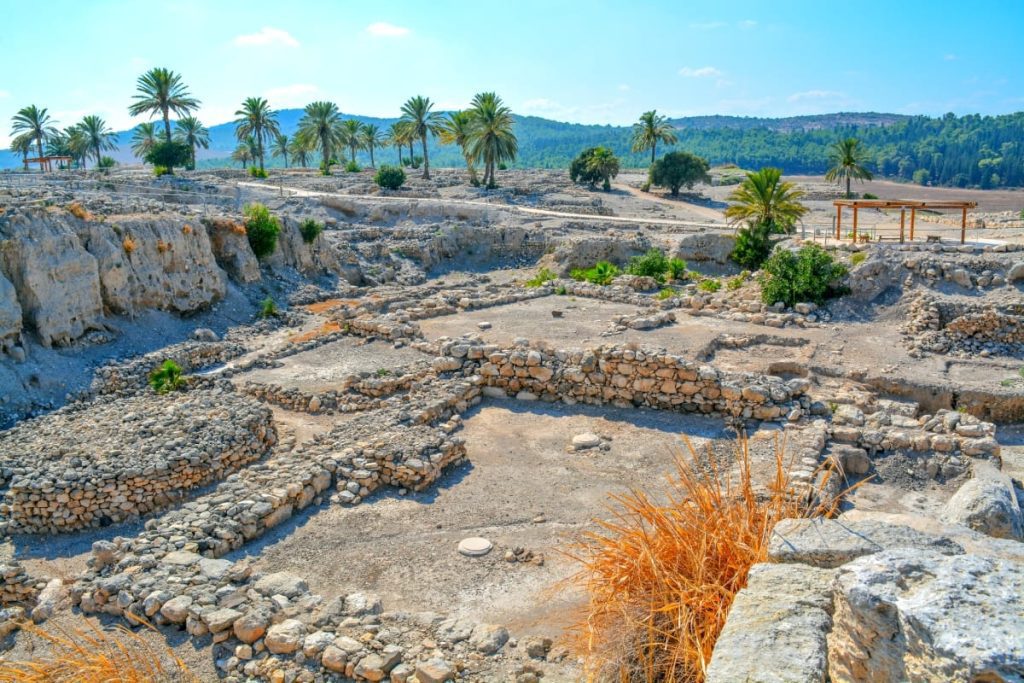
An Invitation to Discover:
Avdat National Park invites you to embark on a voyage of discovery—a journey that transcends time and terrain. Here, history and nature intertwine, offering a space for reflection, exploration, and connection with the legacies of civilizations that flourished against all odds.
Nabataean Incense Route
So, as you explore Avdat National Park, you become a part of its ongoing narrative, a testament to the enduring human spirit and the stories etched into the very bedrock of the Negev desert. Ultimately it is an invitation to wander, wonder, and witness the traces of ages past in a landscape where history and heritage are woven together in an intricate tapestry.
Avdat National Park Opening Hours:
Last entry to the site: half an hour before cited closing time
Summer Hours:
Sunday–Thursday and Saturday: 08:00-17:00
Friday and holiday eves: 08:00-16:00
Winter Hours:
Sunday–Thursday and Saturday: 08:00-16:00
Friday and holiday eves: 08:00-15:00
Holiday eves: 08:00-13:00
Here is a link to the National Park website!
